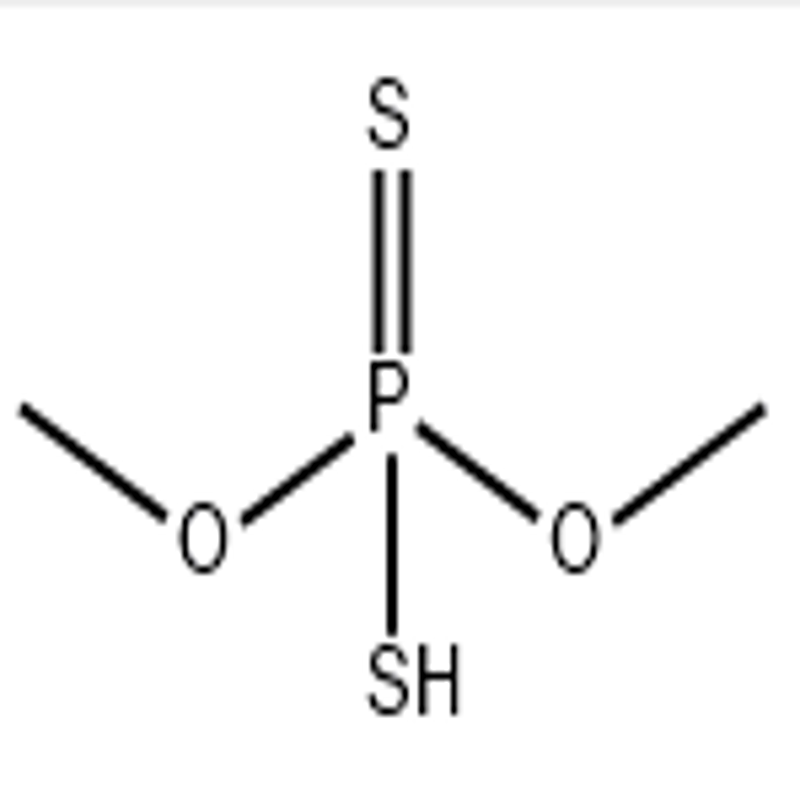-
Categories
-
Pharmaceutical Intermediates
-
Active Pharmaceutical Ingredients
-
Food Additives
- Industrial Coatings
- Agrochemicals
- Dyes and Pigments
- Surfactant
- Flavors and Fragrances
- Chemical Reagents
- Catalyst and Auxiliary
- Natural Products
- Inorganic Chemistry
-
Organic Chemistry
-
Biochemical Engineering
- Analytical Chemistry
-
Cosmetic Ingredient
- Water Treatment Chemical
-
Pharmaceutical Intermediates
Promotion
ECHEMI Mall
Wholesale
Weekly Price
Exhibition
News
-
Trade Service
Hello, everyone, I am Xiao Cui.
In the previous article, I introduced eight ways of action of pesticides
.
Today I will continue to introduce the last four ways of action of pesticides
.
They are passivation, repellent, protective and therapeutic effects
.
(9) Inactivation agents make the virus lose the ability to metabolize and reproduce, and can no longer make other organisms cause disease and transmission to become inactivation.
This kind of substance that can cause the virus to lose its activity is called a virus inactivation agent
.
Commonly used virus deactivators include formaldehyde, mercury, methyl bromide, copper sulfate and silver nitrate
.
Rice spraying (10) Repellent agents can make pests far away, and the effect of unwilling to approach becomes the repellent effect.
The repellent agents are called repellents
.
The repellent itself does not have the ability to poison and kill pests and is only a negative control method.
For example, mosquito repellent oil can only provide temporary protection
.
(11) Protective agents, after being evenly covered on the surface of plants, can inhibit the germination of pathogenic bacteria spores or kill spores, thereby protecting crops from pathogenic microorganisms.
It is called protection.
It is called a protective agent
.
Most of the currently used fungicides have protective effects, such as Zinc Zinc, Thiram, Bordeaux mixture and so on
.
The protective agent must be used before the plant becomes ill
.
UAV spraying (12) Therapeutic effect The medicine penetrates into the plant body through the epidermis of the plant, inhibits the growth or kills the pathogenic bacteria, or neutralizes the toxins produced by the pathogenic bacteria, and the effect of curing the disease is called the therapeutic effect
.
Medicaments with therapeutic effects are called therapeutic agents
.
For example, thiophanate, carbendazim, etc.
have good therapeutic effects, and Desenium, Desenzinc, Sailisan, etc.
also have certain therapeutic effects
.
The above are 12 ways of action of pesticides
.
I hope it will be helpful to everyone in terms of medication
.
Thank you for your attention, and we will continue to update other medication knowledge in the future
.
In the previous article, I introduced eight ways of action of pesticides
.
Today I will continue to introduce the last four ways of action of pesticides
.
They are passivation, repellent, protective and therapeutic effects
.
(9) Inactivation agents make the virus lose the ability to metabolize and reproduce, and can no longer make other organisms cause disease and transmission to become inactivation.
This kind of substance that can cause the virus to lose its activity is called a virus inactivation agent
.
Commonly used virus deactivators include formaldehyde, mercury, methyl bromide, copper sulfate and silver nitrate
.
Rice spraying (10) Repellent agents can make pests far away, and the effect of unwilling to approach becomes the repellent effect.
The repellent agents are called repellents
.
The repellent itself does not have the ability to poison and kill pests and is only a negative control method.
For example, mosquito repellent oil can only provide temporary protection
.
(11) Protective agents, after being evenly covered on the surface of plants, can inhibit the germination of pathogenic bacteria spores or kill spores, thereby protecting crops from pathogenic microorganisms.
It is called protection.
It is called a protective agent
.
Most of the currently used fungicides have protective effects, such as Zinc Zinc, Thiram, Bordeaux mixture and so on
.
The protective agent must be used before the plant becomes ill
.
UAV spraying (12) Therapeutic effect The medicine penetrates into the plant body through the epidermis of the plant, inhibits the growth or kills the pathogenic bacteria, or neutralizes the toxins produced by the pathogenic bacteria, and the effect of curing the disease is called the therapeutic effect
.
Medicaments with therapeutic effects are called therapeutic agents
.
For example, thiophanate, carbendazim, etc.
have good therapeutic effects, and Desenium, Desenzinc, Sailisan, etc.
also have certain therapeutic effects
.
The above are 12 ways of action of pesticides
.
I hope it will be helpful to everyone in terms of medication
.
Thank you for your attention, and we will continue to update other medication knowledge in the future
.







